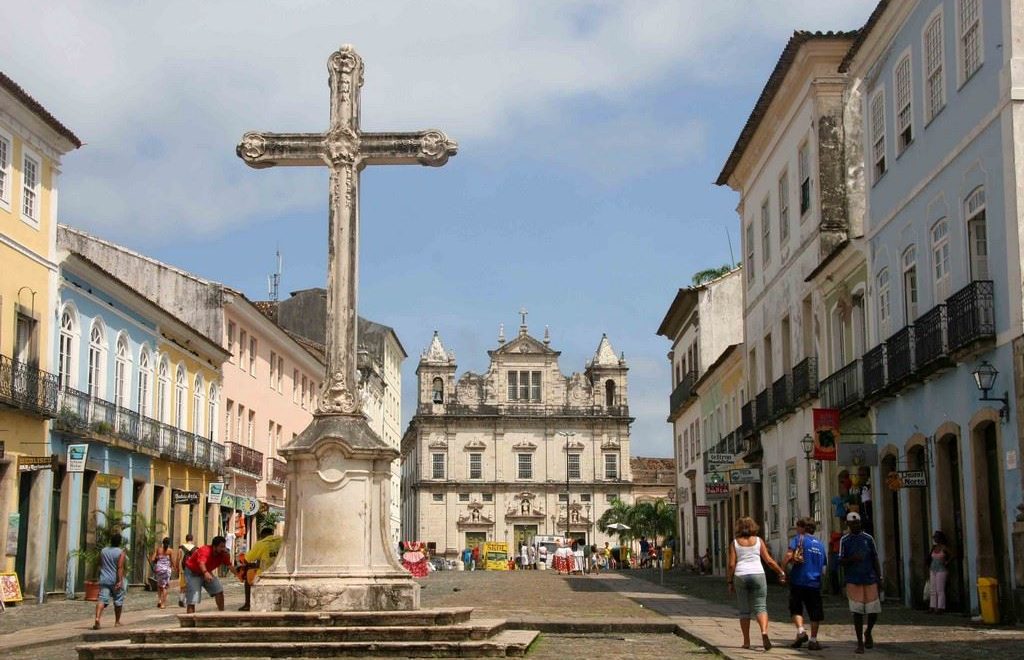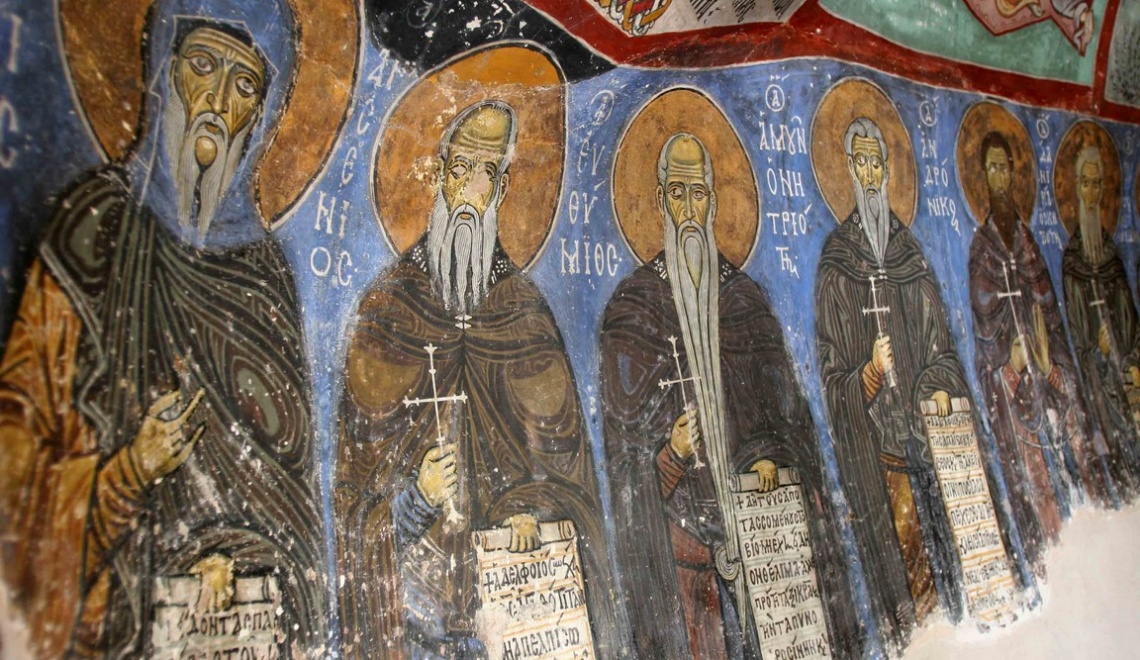
10 kilometres from the town of Paphos, near the village of Tala, the monastery of Saint Neophyte is well worth a visit. Not least for its magnificent frescoes.
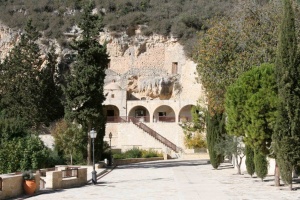 This monastery was founded at the end of the 12th century by the hermit Neophytus the Recluse (1134-1219), who lived here in total asceticism. Born into a peasant family in Cyprus in 1134, Neophytus was undoubtedly the greatest religious figure on the island, which in the 12th century became a strategic battleground between East and West for control of the Holy Land. At the age of 18, he retired to the most important monastery on the island at the time, that of St John Chrysostom at Koutsovendis, on Mount Pentadaktylos (in the Kyrenia region). He was tonsured there in 1152.
This monastery was founded at the end of the 12th century by the hermit Neophytus the Recluse (1134-1219), who lived here in total asceticism. Born into a peasant family in Cyprus in 1134, Neophytus was undoubtedly the greatest religious figure on the island, which in the 12th century became a strategic battleground between East and West for control of the Holy Land. At the age of 18, he retired to the most important monastery on the island at the time, that of St John Chrysostom at Koutsovendis, on Mount Pentadaktylos (in the Kyrenia region). He was tonsured there in 1152.
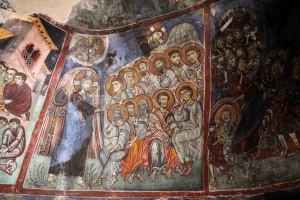
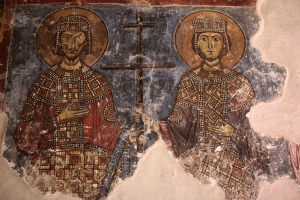 As he was illiterate, he was assigned to work in the vineyards and fields. But he managed to learn to read and write in 5 years. After several pilgrimages to the Holy Land, Neophyte retired near Paphos. There, he dug his cell and a small church with his own hands. Several monks soon joined him and, with the support of the bishop of Paphos, gave birth to the monastery of Saint Neophytos, where the saint died after 1214.
As he was illiterate, he was assigned to work in the vineyards and fields. But he managed to learn to read and write in 5 years. After several pilgrimages to the Holy Land, Neophyte retired near Paphos. There, he dug his cell and a small church with his own hands. Several monks soon joined him and, with the support of the bishop of Paphos, gave birth to the monastery of Saint Neophytos, where the saint died after 1214.
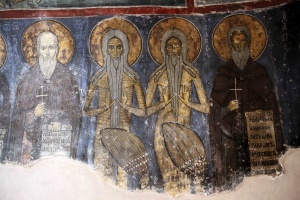
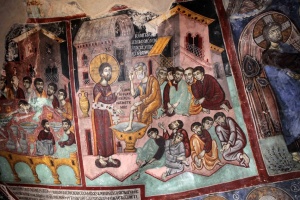 Enkleistra" is the cave dug into the cliff by the hermit around 1159-1160. Neophytos later enlarged the cave and transformed it into a church, which he dedicated to the Holy Cross. The walls of his cave were covered with beautiful Byzantine frescoes painted by the Constantinople painter and hagiographer Theodoros Apsevdis and his disciples.
Enkleistra" is the cave dug into the cliff by the hermit around 1159-1160. Neophytos later enlarged the cave and transformed it into a church, which he dedicated to the Holy Cross. The walls of his cave were covered with beautiful Byzantine frescoes painted by the Constantinople painter and hagiographer Theodoros Apsevdis and his disciples.
Text: Brigitte Postel
Photos: Capucine Ferry and Brigitte Postel
For more information
Cyprus Tourist Office
23, rue Galilée - 75116 PARIS
www.visitcyprus.com
Tel. +33 (0)1.42.61.42.49


